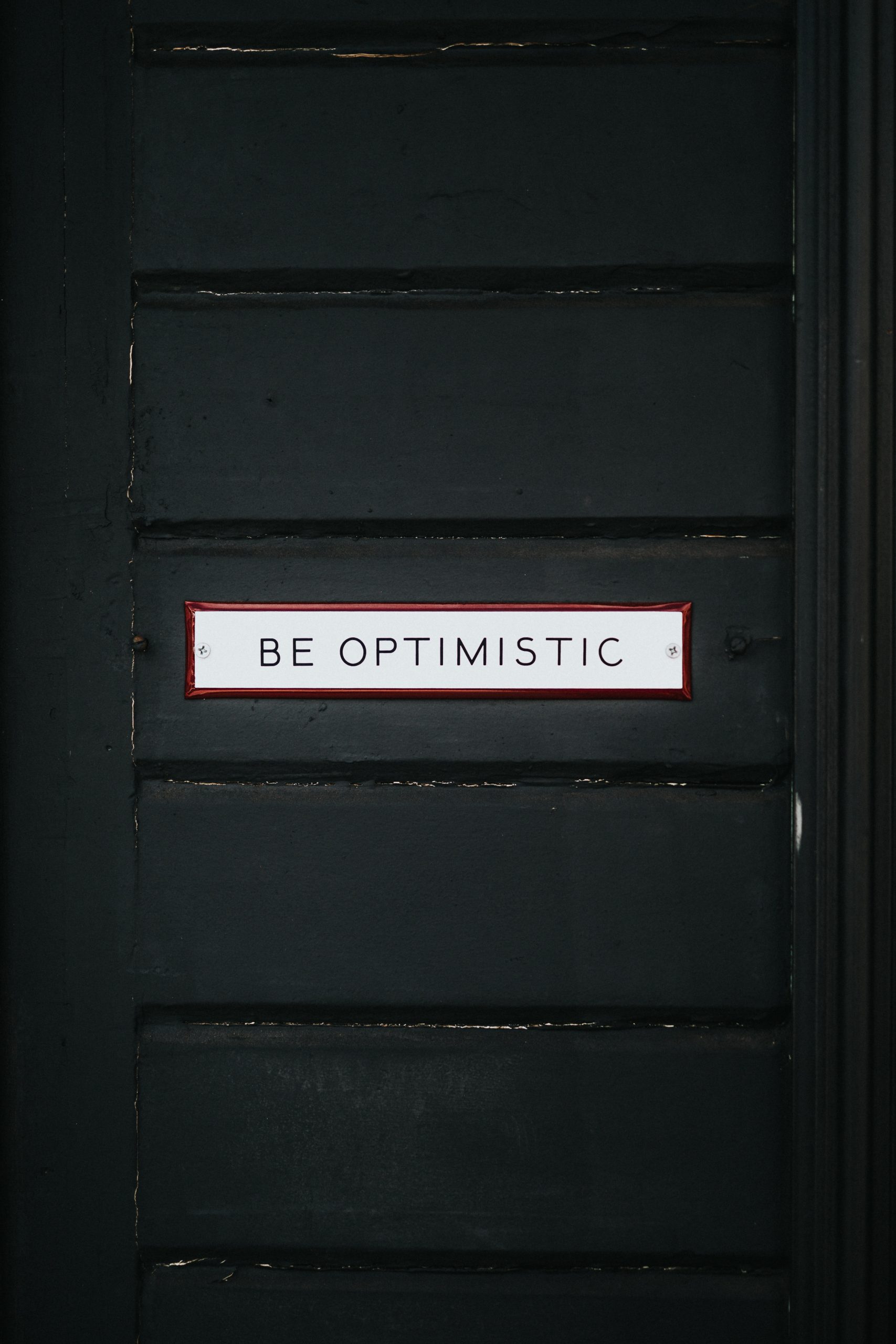What Tarot Cards? A Comprehensive Guide to Understanding the Tarot Deck
The Tarot is a powerful tool for divination and introspection, but if you’re new to it, the vast number of cards and their rich symbolism can be overwhelming. Fear not! In this comprehensive guide, we will delve into the world of tarot cards, exploring their origins, structure, meanings, and the various spreads used in readings. By the end, you’ll have a solid foundation to begin your own tarot journey. So, let’s get started!
The Origins of Tarot Cards
The Tarot is believed to have originated in northern Italy during the 15th century, initially as a card game played by the aristocracy. It wasn’t until the 18th century that tarot cards began to be associated with mysticism and divination.
The original Tarot deck consisted of 22 major arcana cards and 56 minor arcana cards, making a total of 78 cards. The major arcana cards represent significant life events and spiritual lessons, while the minor arcana cards mirror the day-to-day experiences and challenges we encounter.
The Structure of the Tarot Deck
The Tarot deck is divided into two main sections: the major and minor arcana.
The Major Arcana
The major arcana consists of 22 cards numbered from 0 to 21. Each card features a unique illustration and name, with symbolism that represents deep archetypal energies and experiences. These cards deal with profound life lessons and spiritual growth, and their meanings are often more significant and powerful than the minor arcana cards.
Here is a table outlining the names and meanings of the major arcana cards:
| Card Number | Card Name | Meaning |
|---|---|---|
| 0 | The Fool | New beginnings, spontaneity, innocence |
| 1 | The Magician | Manifestation, power, skill |
| 2 | The High Priestess | Intuition, mystery, subconscious |
The Minor Arcana
The minor arcana consists of 56 cards divided into four suits: Cups, Pentacles, Swords, and Wands. Each suit contains ten numbered cards from Ace to Ten, along with four court cards: Page, Knight, Queen, and King. These cards are more closely associated with everyday matters and represent the various aspects of our lives.
Here is a table outlining the suits and their associated attributes:
| Suit | Element | Attributes |
|---|---|---|
| Cups | Water | Emotions, relationships, intuition |
| Pentacles | Earth | Finances, material possessions, stability |
| Swords | Air | Thoughts, communication, challenges |
| Wands | Fire | Creativity, passion, inspiration |
Interpreting Tarot Cards
Each Tarot card carries its own unique symbolism and meaning, which can vary depending on the context and the reader’s intuition. While there are numerous interpretations available, it’s important to develop your own connection and understanding of the cards.
When interpreting a tarot card, consider the following:
- The card’s imagery and symbolism
- The card’s position in the spread
- The card’s upright or reversed orientation (reversed cards often indicate challenges or blocked energy)
- Your own intuition and personal experiences
Remember, there’s no right or wrong way to interpret a Tarot card. Trust your intuition and allow the cards to guide you.
Popular Tarot Spreads
To perform a Tarot reading, you’ll need to lay out the cards in a specific pattern called a spread. There are various spreads available, each serving different purposes and providing insights into different aspects of life.
Here are a few popular Tarot spreads:
1. Three-Card Spread
This simple yet versatile spread involves drawing three cards and interpreting them as follows:
- Card 1: Represents the past or the situation at hand
- Card 2: Represents the present or the challenges currently faced
- Card 3: Represents the future or guidance and potential outcomes
2. Celtic Cross Spread
The Celtic Cross is a more elaborate spread, offering a comprehensive analysis of a situation or a question. It involves ten cards drawn and laid out in a specific pattern. Each position represents a different aspect of the situation, such as the past, present, future, external influences, hopes, and fears.
3. Relationship Spread
As the name suggests, this spread focuses on relationships, whether romantic, familial, or friendships. It provides insights into the dynamics, challenges, and potential outcomes of the relationship.
Conclusion
Tarot cards have captivated the human imagination for centuries. Whether you approach them as a tool for divination or merely as a means of self-reflection, the rich symbolism and intricate meanings of tarot cards offer endless possibilities for exploration and growth.
Remember, the power of tarot lies within you. Trust your instincts, embrace the cards, and allow them to guide you on your journey of self-discovery.
So go ahead, shuffle the deck, and embark on your own adventure through the realm of Tarot!
Table of Contents
